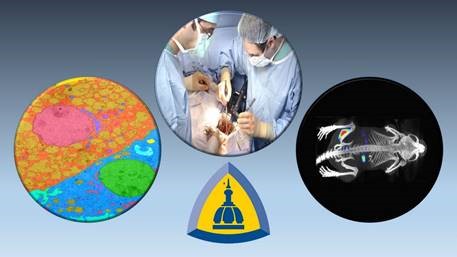Cedars-Sinai experts in pulmonology, critical care medicine and lung transplant attending the May 17-22 American Thoracic Society’s (ATS) 2024 International Conference in San Diego are available to comment on scientific advances being presented throughout the conference.





